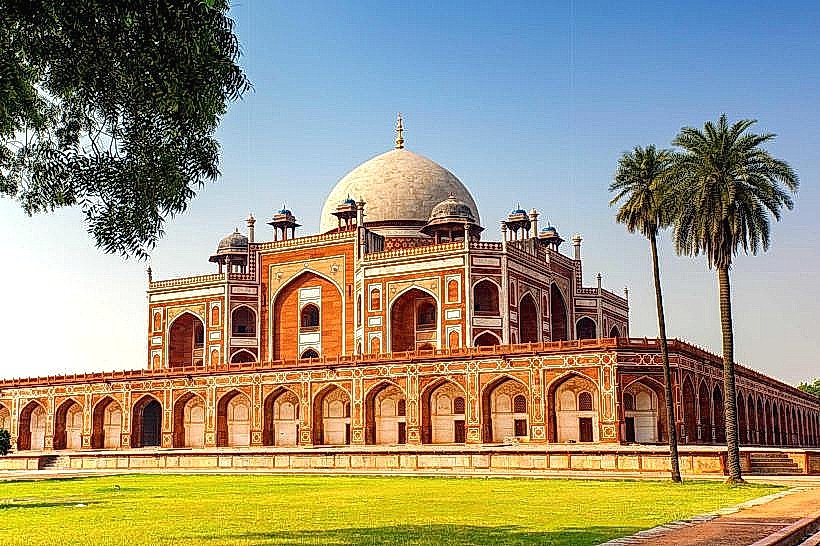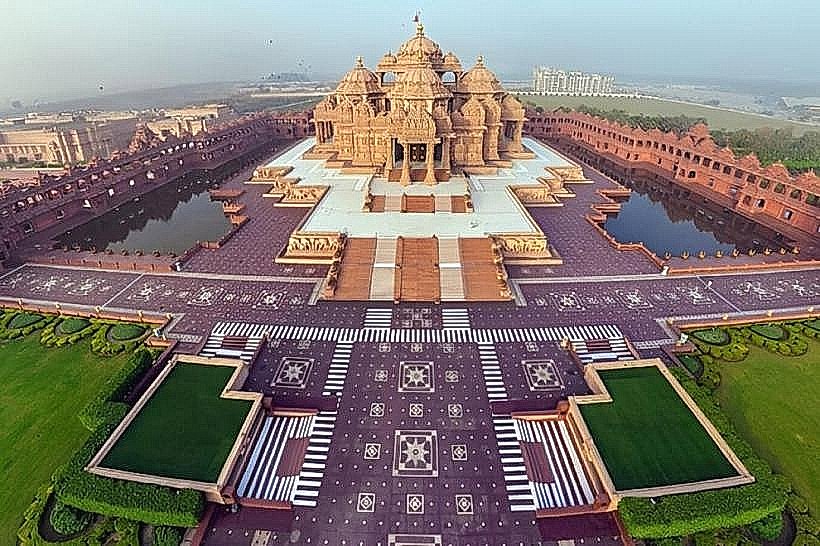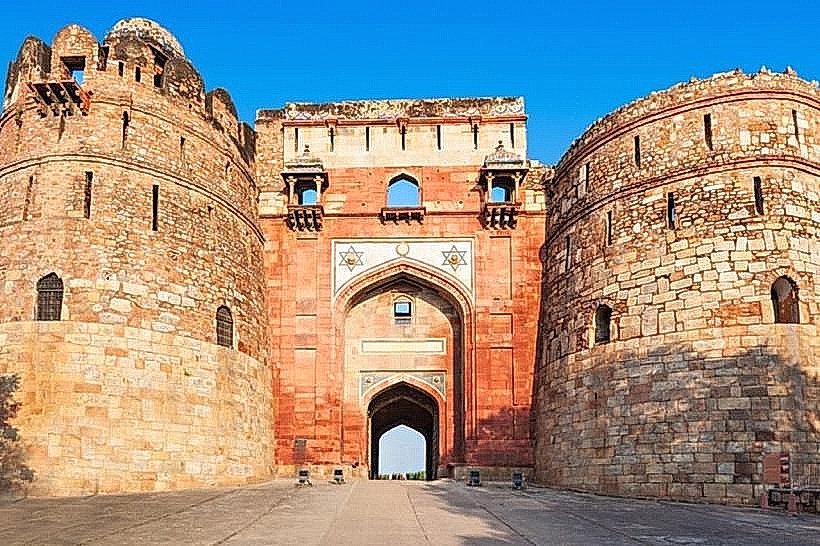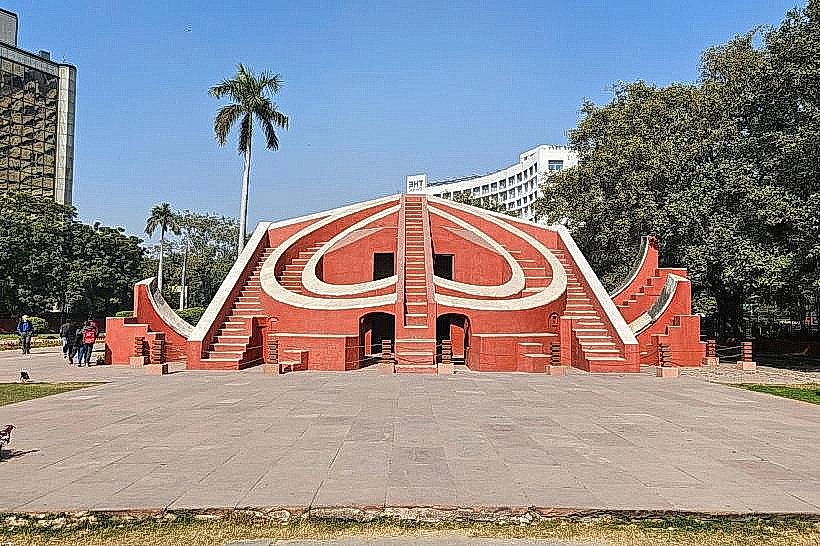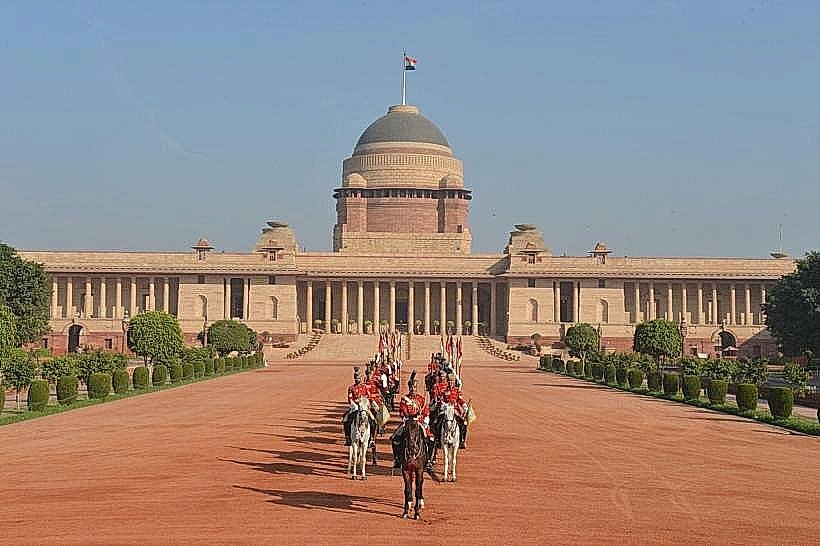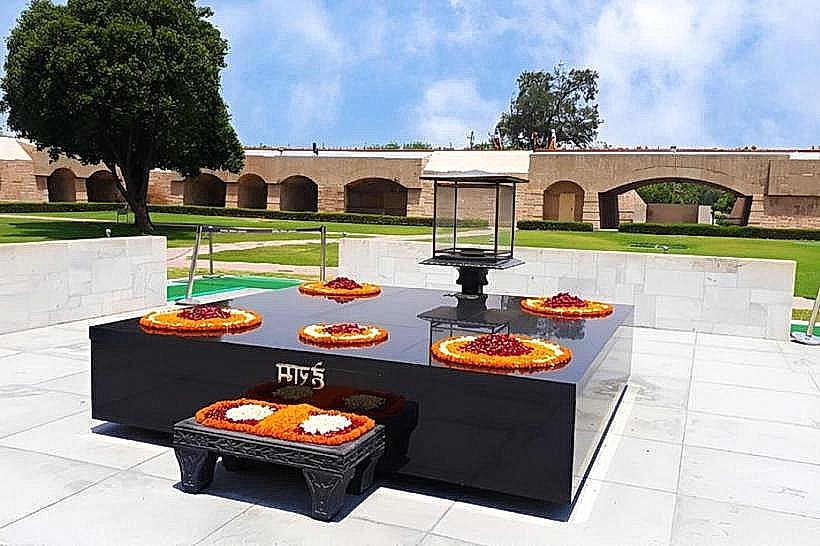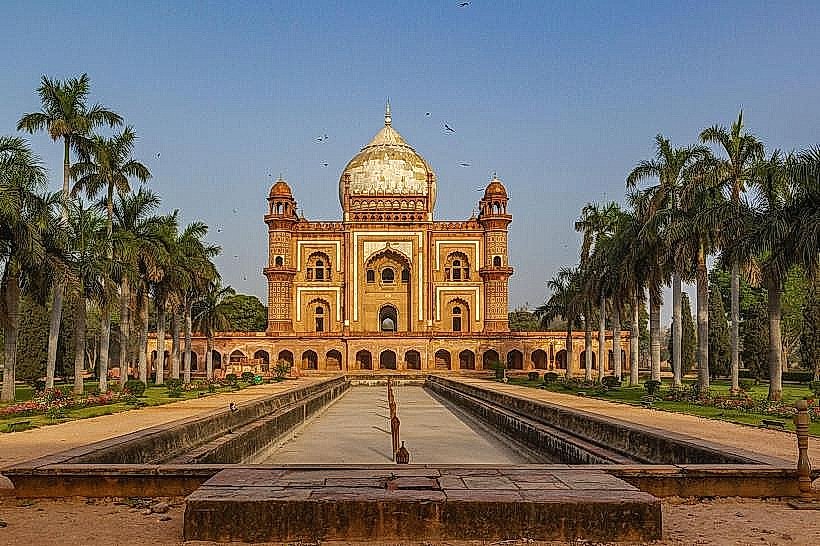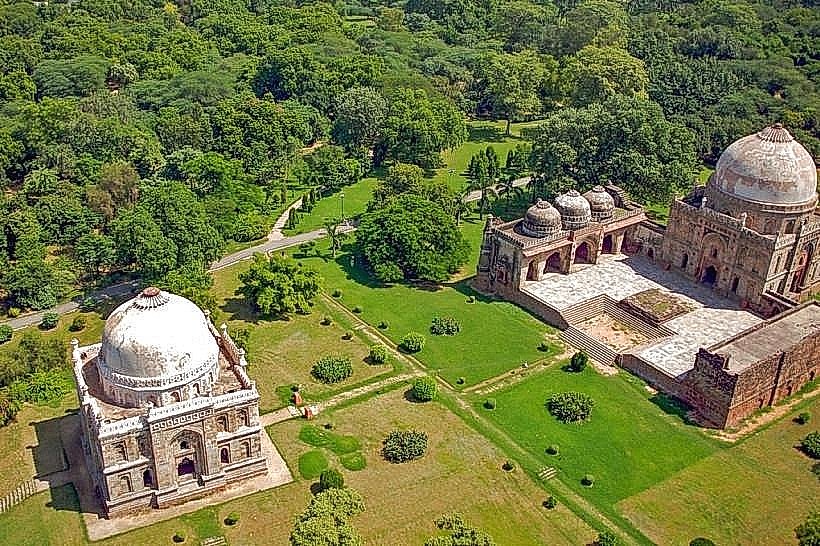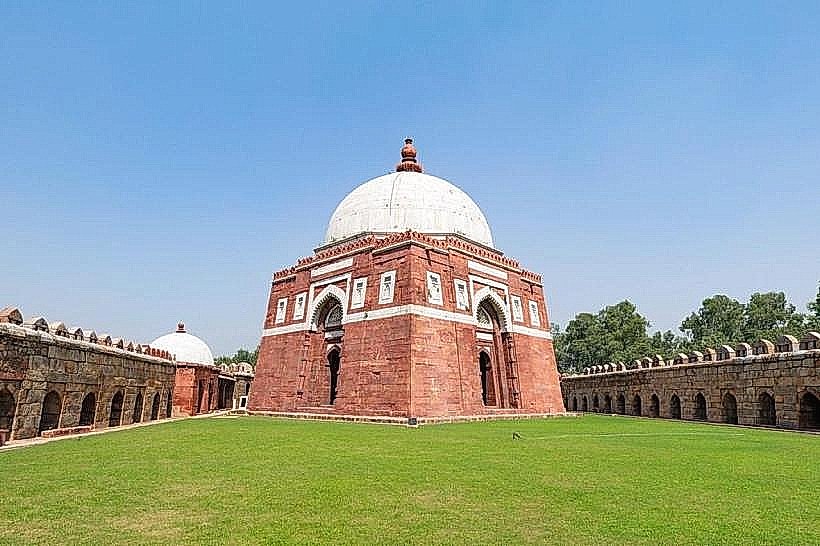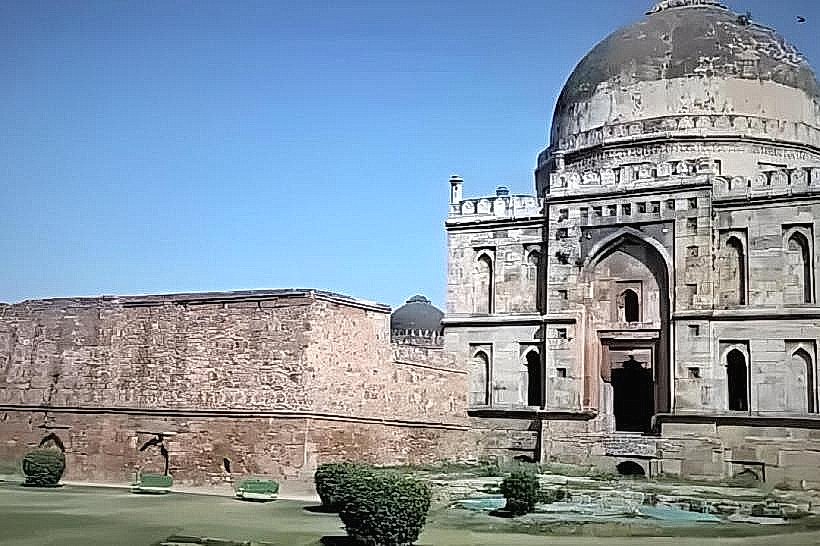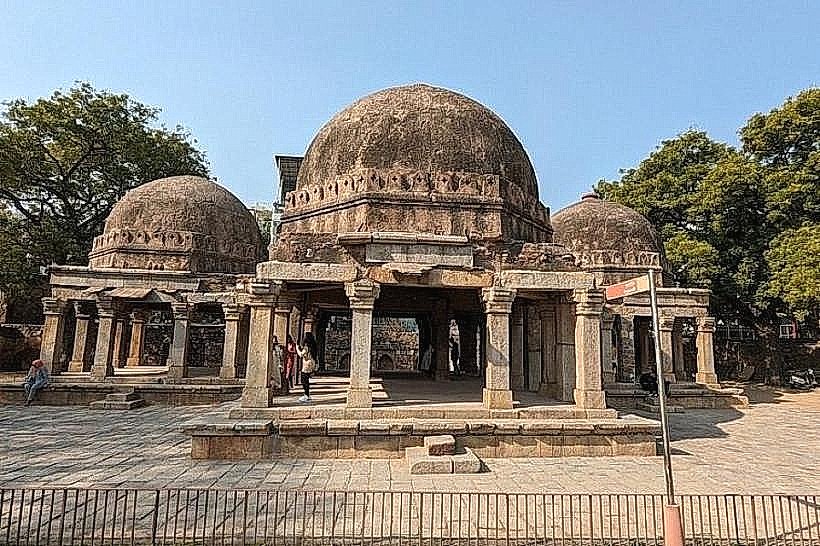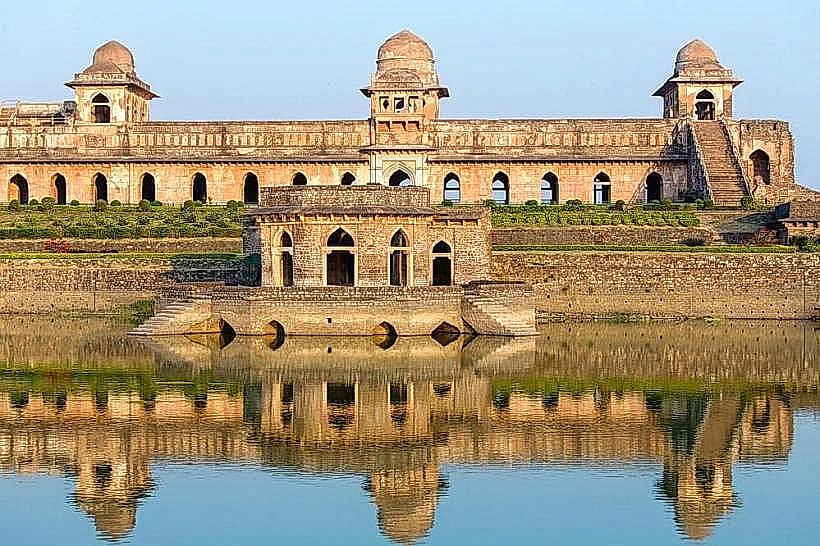Information
Landmark: Qutb MinarCity: New Delhi
Country: India
Continent: Asia
Qutb Minar, New Delhi, India, Asia
Overview
Rising tall against the Delhi sky, Qutb Minar stands as a vivid reminder of the city’s medieval past and draws more visitors than nearly any other monument in India, at the same time in Delhi’s Mehrauli district stands a monument first commissioned in 1192 by Qutb-ud-din Aibak, founder of the Delhi Sultanate, and later finished by his successor, Iltutmish, its red sandstone still warm in the afternoon sun.Rising 73 meters, it’s the tallest brick minaret on Earth, narrowing gracefully as it climbs through five levels, each edged with a balcony jutting outward like a ring of shadow and light, besides qutb Minar’s Architecture and Design reveal striking Indo-Islamic artistry, blending delicate stone carvings, bold geometric patterns, and graceful Arabic inscriptions that catch light along the tower’s red sandstone.The first three stories are built from warm red sandstone, while the top two mix that same stone with smooth white marble, therefore every level gleams with bands of decoration-Quranic inscriptions flowing beside delicate floral curves and crisp, repeating geometric shapes carved into stone.If I’m being honest, The base measures about 14.3 meters across, tapering to just 2.7 meters at the top, a shape that rises with striking precision and a tall, graceful pull toward the sky, after that next to the minaret stands the Quwwat-ul-Islam Mosque-the first mosque built in Delhi after Muslim rule began-its arches and pillars shaped from stone once carved for Hindu and Jain temples.Within the larger archaeological complex rises the Iron Pillar of Delhi, a seven-meter column of wrought iron that’s remained rust-free for over a thousand years-a quiet marvel of ancient Indian metallurgy gleaming dully under the sun, equally important cultural Significance The Qutb Minar isn’t just an architectural marvel-it stands as the first bold marker of Muslim rule rising over Northern India, its red sandstone still warm in the afternoon sun.Long ago, it stood as a triumph tower-celebrating the birth of the Delhi Sultanate-and from its high sandstone balconies, voices rose to call the faithful to prayer, what’s more the tower and its surrounding buildings show how artistic and cultural traditions merge, like colors meeting in worn red sandstone, capturing the many layers of Delhi’s history.Visitors can stroll through the Qutb complex, tracing the delicate carvings with their eyes, standing beneath the soaring minaret, and pausing by the weathered stones of the centuries‑classical mosque, also sunlight glances across the red sandstone, drawing out its rough, warm grain, while the quiet gardens nearby soften the noise and rush of the city beyond, in a sense Guided tours bring the location to life, sharing the tales carved into its walls, the story of how it rose stone by stone, and the clever design ideas that shaped its era, then the area feels timeless-the minaret thrusts into a blue slice of sky while the Iron Pillar waits in quiet stillness, its metal darkened by countless years, maybe Interestingly, The sight of crumbling walls beside the spotless tower stirs awe and quiet reflection, inviting visitors to picture Delhi’s early Sultanate splendor rising in the dust and sunlight, what’s more amid Delhi’s constant buzz-car horns, chatter, and the scent of spice in the air-the complex still feels calm and reflective, drawing in both history lovers and curious wanderers.Rising above fresh Delhi, Qutb Minar stands as a signature landmark, its red sandstone walls echoing centuries of history and craftsmanship few monuments can rival.
Author: Tourist Landmarks
Date: 2025-11-18


